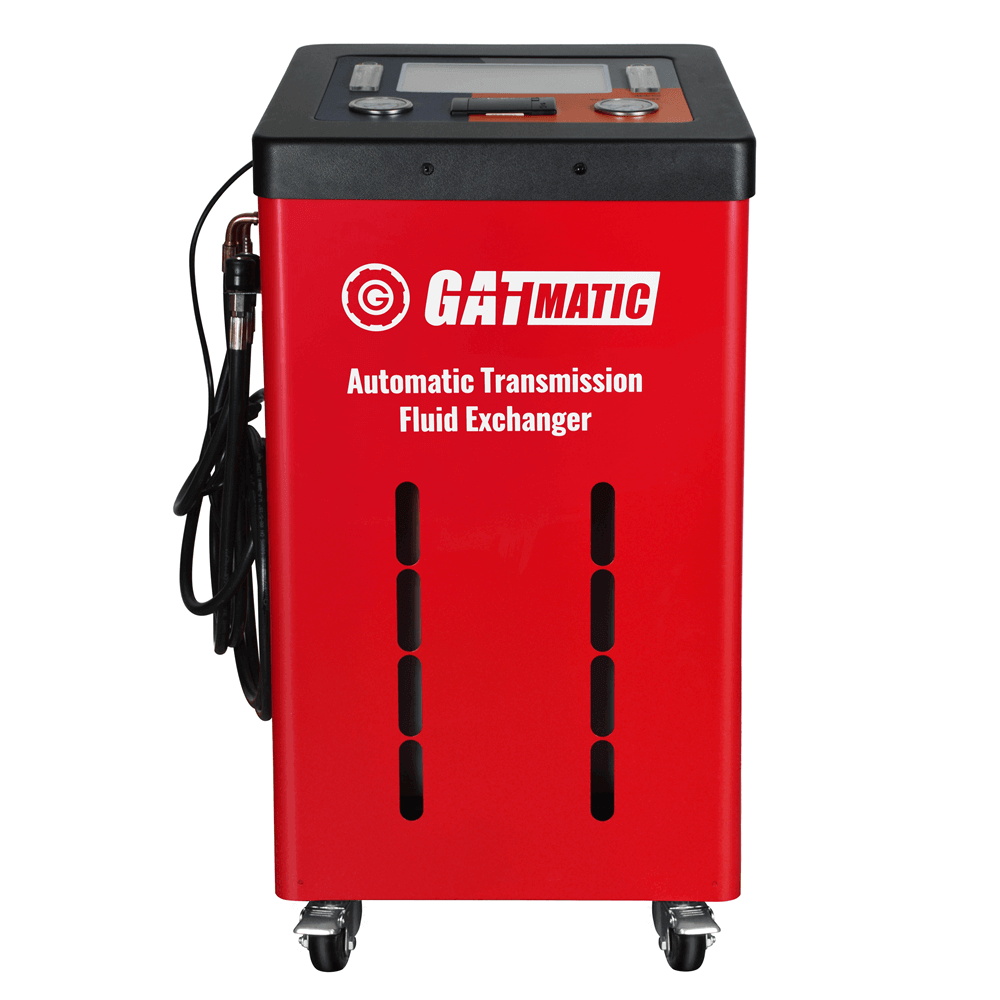Recent Blog
-
CCD Alignment Systems VS. 3D Alignment Systems
2025-04-08 -
What are the main differences between 2D and 3D wheel alignment systems
2025-03-26 -
Is Touchless Wheel Alignment Right for You? Factors to Consider
2025-03-19 -
The Future of Automotive Service: Exploring Touchless Wheel Alignment Technology
2025-03-13
The differences between manual and automatic ATF exchangers
Automatic Transmission Fluid (ATF) plays a crucial role in the operation and longevity of a vehicle’s transmission. Over time, the fluid can become contaminated, leading to a range of transmission problems. To prevent such problems, it is necessary to exchange the ATF periodically. This process can be done manually or automatically, and each method has its advantages and disadvantages. In this essay, we will explore the differences between manual and automatic ATF exchangers.
The Explanation of Manual ATF Exchanger
A manual ATF exchanger is a device that requires the user to manually pump out the old ATF and replace it with fresh fluid. The process involves draining the old fluid from the transmission, adding fresh fluid, and repeating the process until the fluid is clean. The required tools and equipment for a manual ATF exchanger are typically a hand pump, drain pan, and fresh fluid. The process of using a manual ATF exchanger can be time-consuming and physically demanding, especially for larger vehicles. However, the manual process allows for greater control over the exchange process and can be more cost-effective than an automatic ATF exchanger.
The Explanation of Automatic ATF Exchanger
In contrast, an automatic ATF exchanger is a device that uses a machine to perform the exchange process automatically. The process involves connecting the machine to the transmission, which then pumps out the old fluid and replaces it with fresh fluid. The required tools and equipment for an automatic ATF exchanger are typically the machine itself and fresh fluid. The process of using an automatic ATF exchanger is relatively simple and does not require much physical effort. However, an automatic ATF exchanger can be more expensive than a manual ATF exchanger.
Differences between Manual and Automatic ATF Exchangers
The main difference between manual and automatic ATF exchangers is the process involved in exchanging the fluid. The manual process requires the user to manually pump out and replace the fluid, while the automatic process uses a machine to perform the exchange automatically. The required tools and equipment are also different, with a manual ATF exchanger typically requiring a hand pump and drain pan, while an automatic ATF exchanger requires a machine.
Another difference between the two methods is the time and effort required to perform the exchange. The manual process can be time-consuming and physically demanding, while the automatic process is relatively quick and does not require much physical effort.
Lastly, the cost is another significant difference between the two methods. Manual ATF exchangers are typically less expensive than automatic ATF exchangers, but they require more effort and time to perform the exchange.
ATF Exchanger from GATmatic
GATmatic, a leading manufacturer of automotive maintenance equipment, offers a range of Automatic Transmission Fluid (ATF) exchangers that are designed to make the ATF exchange process quick, easy, and efficient. GATmatic’s ATF exchangers are designed to work with a wide range of vehicles and offer several benefits over manual ATF exchangers, including speed, accuracy, and ease of use.
The GT-513 Automatic Transmission Fluid Exchange is designed to exchange nearly all the used automatic transmission fluid in a vehicle’s transmission and complete the process with simple steps. It features a quick and easy function for transmission filter changes during ATF exchange. The GT-513 connects through transmission cooler lines and offers a clean, environmentally friendly, and systematic approach to servicing automatic transmissions. The unit flushes almost all of the old transmission fluid and replaces it with new fluid while the engine is running. Best of all, there’s no need to adjust anything as the machine controls the flow. It completes the fluid exchange faster and more efficiently because of its unique interface and easy-to-use design.
Frequently Asked Questions
Q1: What are the signs that you need to perform an ATF exchange on my vehicle?
A1: The signs that you need to perform an ATF exchange include slipping gears, difficulty shifting gears, and unusual noises coming from the transmission.
Q2: Can using an automatic ATF exchanger damage your vehicle’s transmission?
A2: Using an automatic ATF exchanger will not damage your vehicle’s transmission if used correctly. However, it is essential to ensure that the machine is compatible with your vehicle’s transmission before using it.
Q3: Which method of ATF exchange is better?
A3: The choice between a manual and an automatic ATF exchanger will depend on the user’s needs, preferences, and budget. Both methods have their advantages and disadvantages, and the user should choose the method that is best suited to their specific situation.
Q4: How often should you perform an ATF exchange on my vehicle?
A4: The frequency of ATF exchanges will depend on the make and model of your vehicle and the manufacturer’s recommendations. Generally, it is recommended to perform an ATF exchange every 30,000 to 60,000 miles.
Q5: Can you perform an ATF exchange on my own, or should you take it to a professional mechanic?
A5: Both manual and automatic ATF exchangers can be used by individuals, but it is recommended to take your vehicle to a professional mechanic for the exchange process, especially if you are not familiar with the process.
Final Thoughts
Both manual and automatic ATF exchangers have their advantages and disadvantages. The choice between the two methods will depend on the user’s needs, preferences, and budget. Regular ATF exchange is essential for the proper functioning and longevity of a vehicle’s transmission. Therefore, whichever method is chosen, it is crucial to perform the exchange regularly to avoid costly transmission problems.
Describe Your Needs In Detail!
We will carefully evaluate your needs and give professional solutions.



